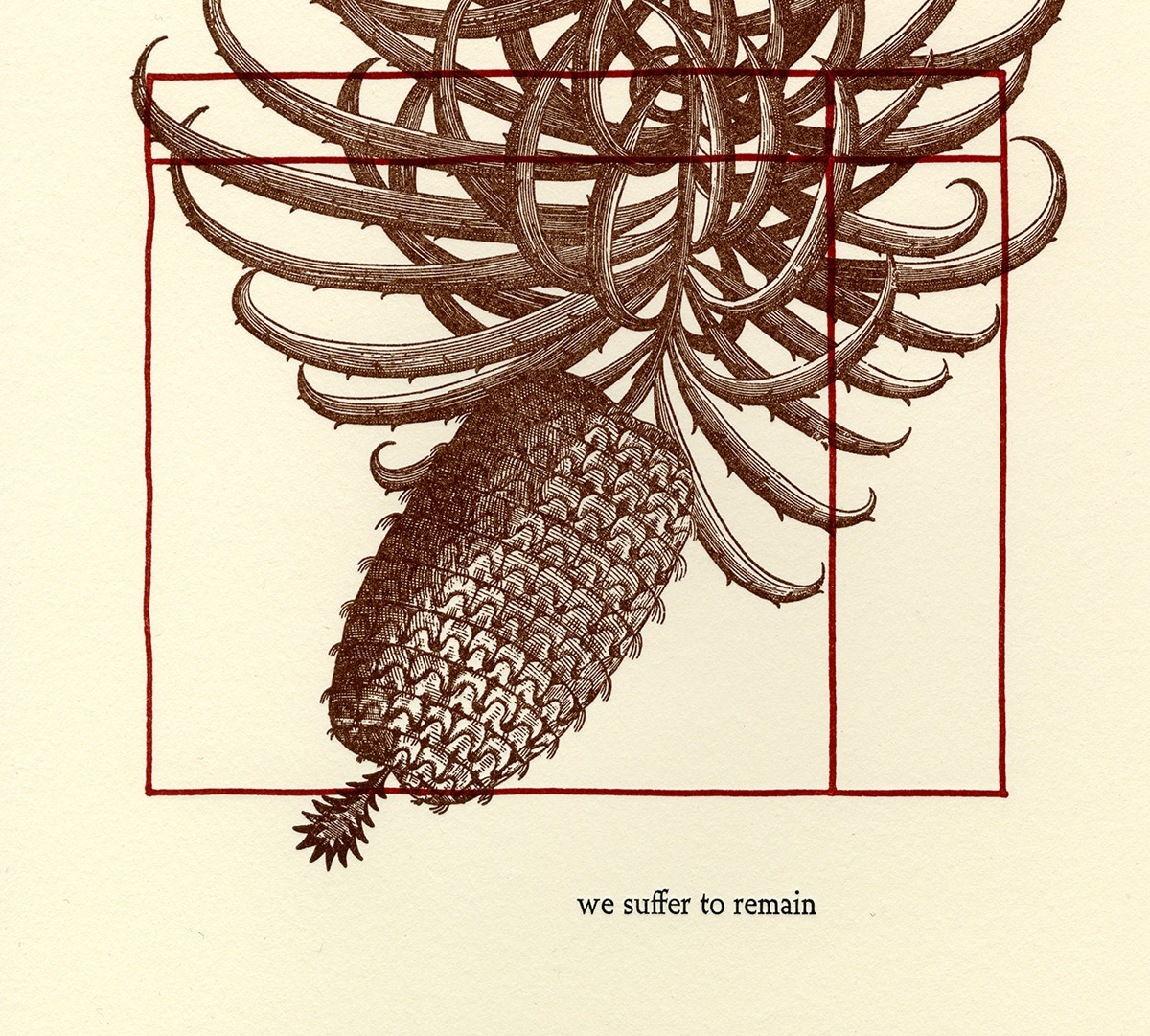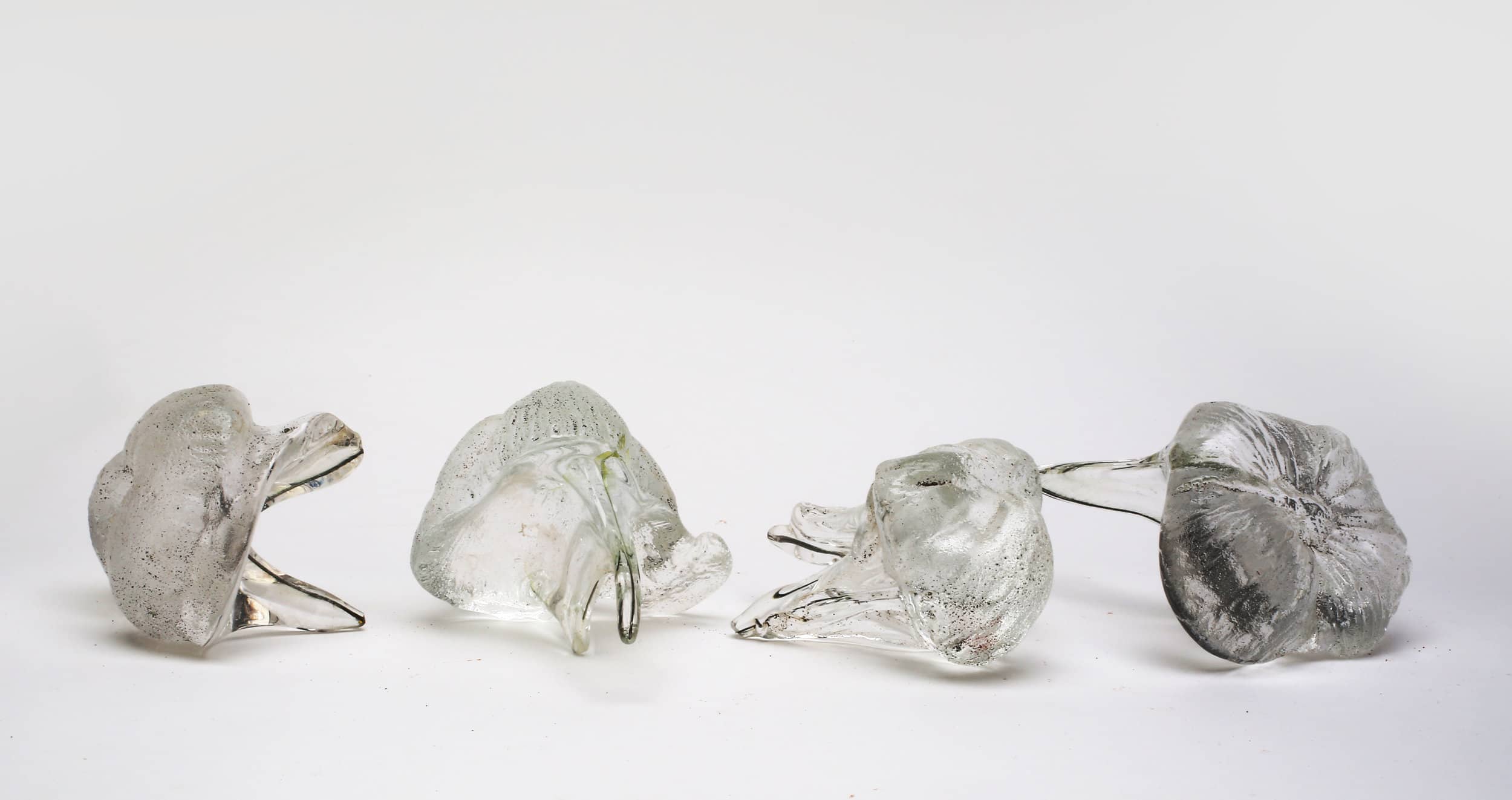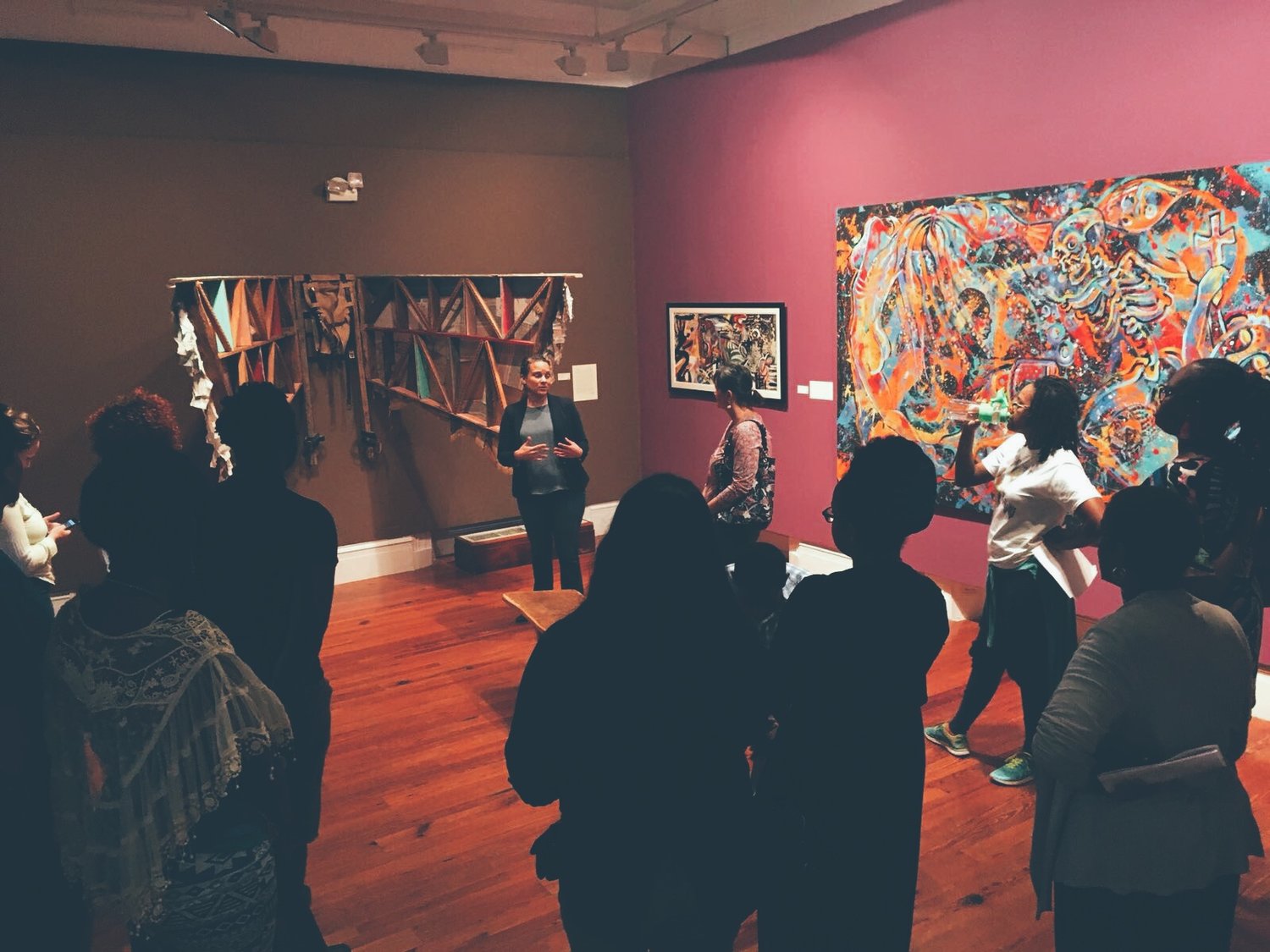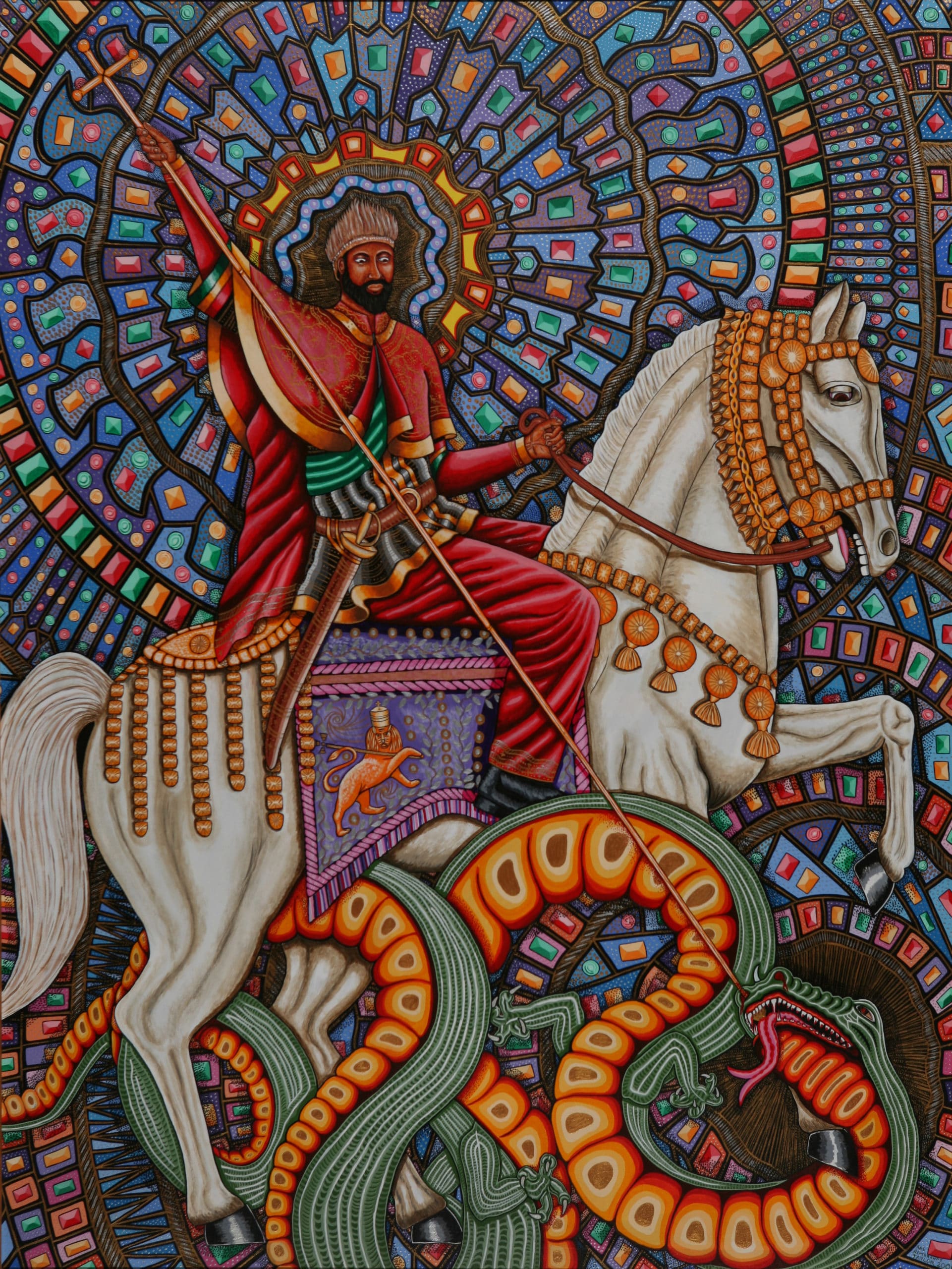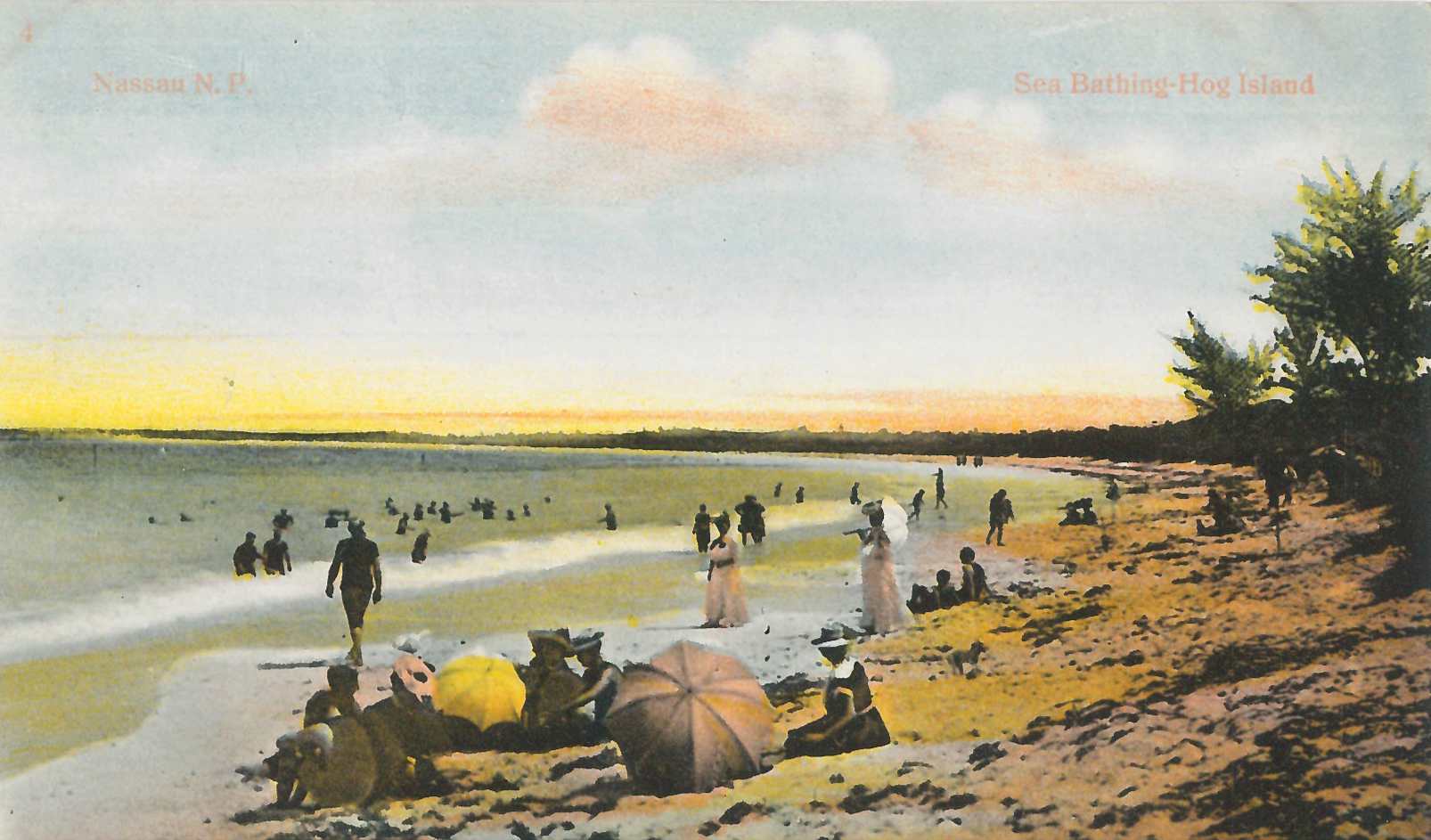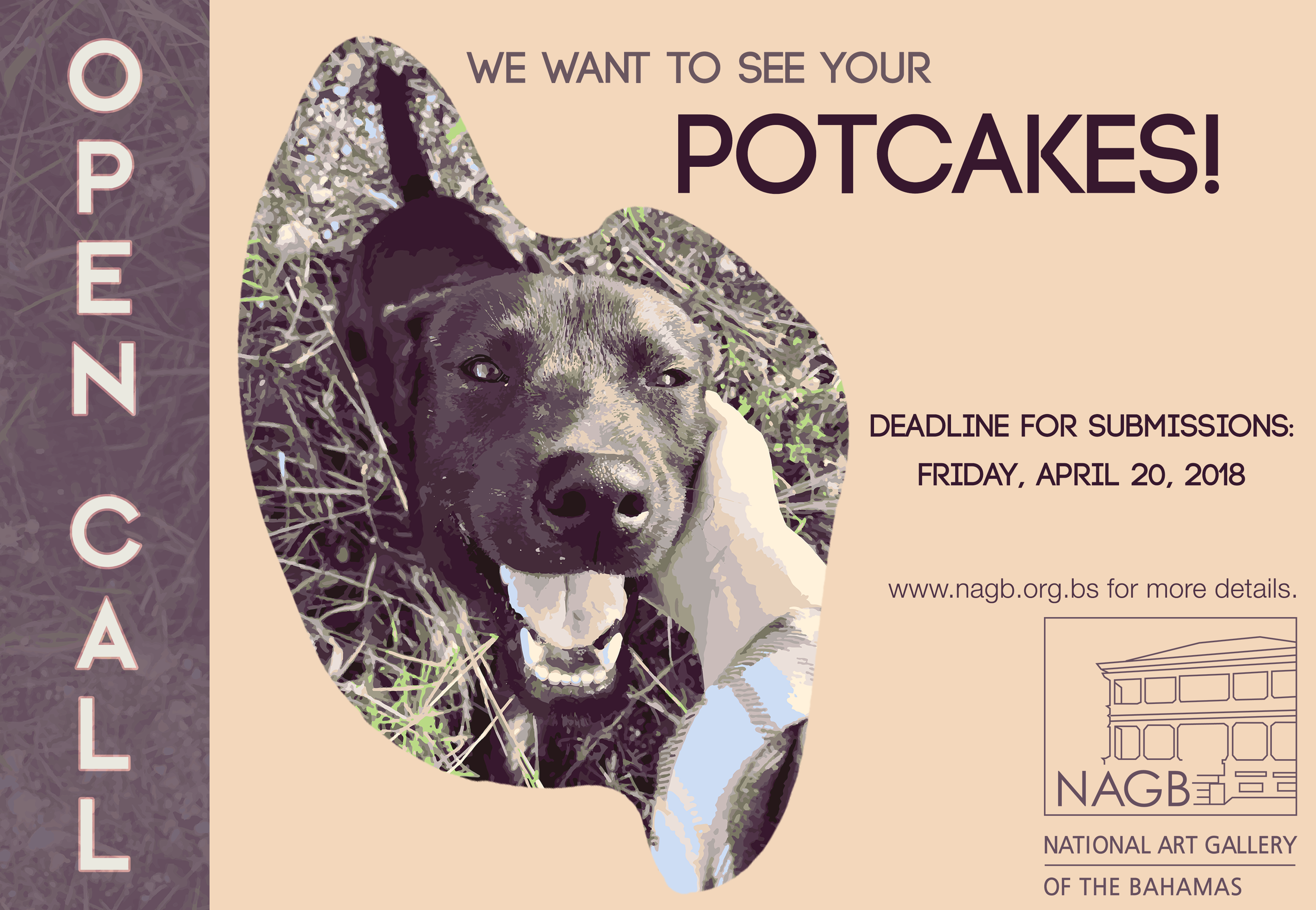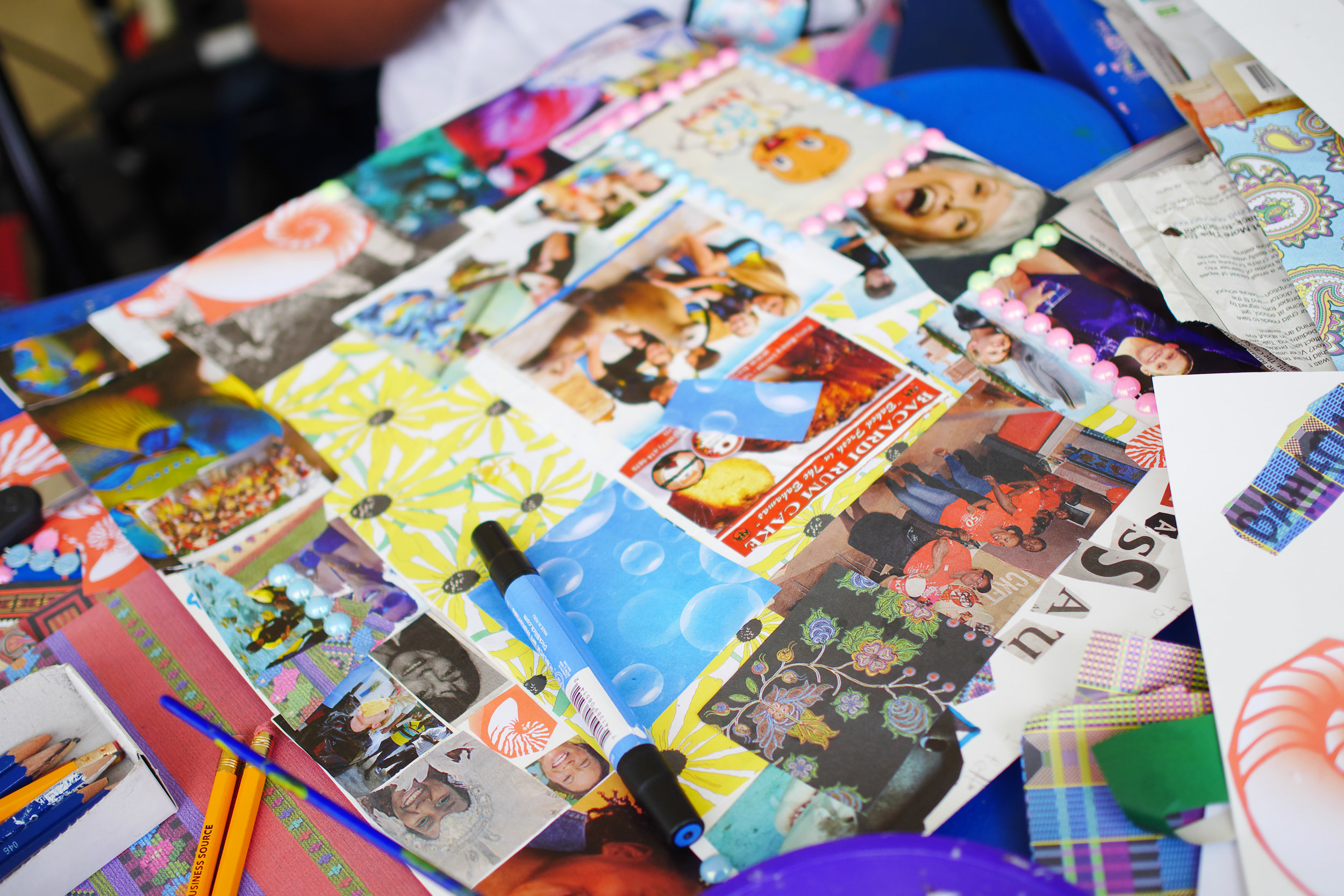By Dr Ian Bethel Bennett. The materiality of art and culture is essential to the experience with art and our understanding of the relationship between space, time and humanity. When we do not see, feel or experience the materiality of space, we tend to ignore its existence. Art can be used to bridge gaps between the materiality of experience and the historical omissions and erasures that leave the space open to deletion, and de-historicisation. Music, similar to art, can speak to a similar materialising of experiences that have been wiped out by the passage of time and the shifting sands of spatial economic change. The disappearance from the mental record of the Nassau Market is a salient example of the vanishing materiality and so the memory of that experience. What remains is a space that has been razed of the material market and so the only vestiges remain. The artistic renderings and musical recitations of that material experience, where women and men walked over Market Street, often through Gregory’s Arch, to sell produce in the market, is what remains.
Currently browsing: Uncategorized
Movements and Memory: An interview with Anina Major on art practice and the hauntings of history.
By Natalie Willis. We often speak of Slavery in regards to one demographic in particular and the detrimental effects that remain today – and rightly so. It is a painful legacy, but it is also a shared one. “The Slave’s Lament,” written by Scottish poet and lyricist Robert Burns in 1792, is a song that spoke to this history in its own time. It is also the title of a work by another Scot, Graham Fagen, who used this song in his presentation at the 2015 Venice Biennale International Art Exhibition. This newer rendition, featuring Reggae artist Ghetto Priest and a string ensemble, serves as the focus and starting point for us to begin to discuss this history through a slightly different lens. The exhibition, “We Suffer To Remain,” opens in March and features Fagen’s artwork along with that of three Bahamian artists, namely: Sonia Farmer, John Beadle, and Anina Major
A Walk with Nettie: Communing with art, nature and culture
“Defender of the Faith”: Rembrandt Taylor’s Dragon-slayer.
By Natalie Willis. Rembrandt Taylor is truly a master of his craft. His meticulous attention to lines and cell-shaded blocks of colour is testament to his skill. His body of artwork generally contain references to Exodus, to Black kings and queens, to religion, and his beliefs as Rastafari are clear and given deference. The religious and social movement, which began in the 1930s in Jamaica, gives rich territory for explorations of faith and identity, of self, and Taylor doesn’t shy away from re-framing the conversation to suit his roots.
In this vein of celebration of Black histories of faith, “Defender of the Faith” (2001)—depicting St. George slaying the mythical dragon—would seem to be something of a contradiction. Why on Garvey’s green earth would a Rasta paint the patron saint of England in such detail? The image is iconic in art history, and the story is popular not just in England but across Europe – oddly enough, particularly in Russia and Georgia. Saint George, in Georgia, who’d have thunk it?
Caribbean Film: Expanding the conversations with our stories
By Dr Ian Bethell Bennett. We often see the representation of indigenous culture on the screen or read about in books that present it in interesting yet reductive ways. Documentary and docudrama can aid in combating the erasure of identity, space and place that so much of the Caribbean is under. Erasure is not only dangerous but also destructive, as it removes tangible culture from the radar and replaces it with ideas of development that belong nowhere and exist everywhere. As the colonial space shows, the rapidly shifting geographies are real, as climate changes and ideas of development imagines space differently. The important part is to document the shift and what was there before.
Cultural Erasure: Within filmic representation
By Dr Ian Bethell Bennett. Indigenous culture is being smothered in many areas of the Caribbean and The Bahamas. This erasure has been assisted by a process of deculturation that includes the popular image of Bahamians and Bahamian culture being shifted to reflect an image that is about objectification and imagination. This picture is built on the myth of the exotic. Perhaps the best words to describe this are borrowed from Stark’s “History and Guide to The Bahama Islands” (1891).
The NAGB hosts Portfolio Workshop for Teens: Workshop gives students a memorable experience
By Katrina Cartwright. On Saturday, January 20th, 2018, thirteen students from public, private and home schools attended the NAGB’s free portfolio workshop. Formulated for students in senior high school or in their freshman year at The University of The Bahamas, who are looking to transition into a tertiary art programme at an international school in 2018/2019, this workshop is one of two that will be held by the Gallery in 2018. It is hoped that this experience will give students the tools to successfully apply to any art programme of their choice.
Open call for works featuring your Potcakes!!
The NAGB is celebrating the Chinese year of the Dog with a call for Potcakes. Would you like to share your experience of observing, owning or knowing a potcake? Bahamian artists are welcome to submit works in any medium: painting, drawing, sculpture, ceramics, printmaking, photography, video, textile, installation and mixed media.
From the Gallery to the Classroom: The NAGB presents new Education Programmes
By Katrina Cartwright. The NAGB presents new School-based Education Programming! There is always something fun and engaging to do at The National Art Gallery of The Bahamas and to give the public even more ways to interact with us, the NAGB’s Education team is rolling out new and updated programming just for students and teachers. We have revamped our school tours to give school groups an even more memorable experience and are excited to introduce three new initiatives: “Art with Ms. Abby,” “The Makings of a Master with Antonius Roberts” and teaching seminars.
“That Vodou that who do?”: Ancestry, heritage, memory, and light in the work of Eric Jean-Louis.
By Natalie Willis. Eric Jean-Louis (b. 1957) is an artist hailing from Haiti, well-known and much loved and it is easy to see why. His work is filled with the human and natural balance of light and dark, the duality we all struggle with and that we see in the world and in ourselves. Visually, his work packs a graphic punch with his style of shading blocks of dark and adding bright stripes and slivers of light – and they are really a stunning sight to behold. To those who find themselves cringing and shying away from the word Voodoo, as in the title of this piece “Ceremonie de Bois Cayman: The Voodoo Still Lives” (2007) by Jean-Louis, it would remiss to deny and write off this practice of art and spirituality. There is light to be found in this form of spirituality, which is so often, and erroneously, deemed ‘dark magic’. As the current exhibition, “Medium: Practices and Routes of Spirituality and Mysticism” seeks to uncover the complexities of religious and spiritual practice in the region, so does this painting lay plain the crossovers and awkwardness of our relationship as Caribbean peoples to our African heritage.
